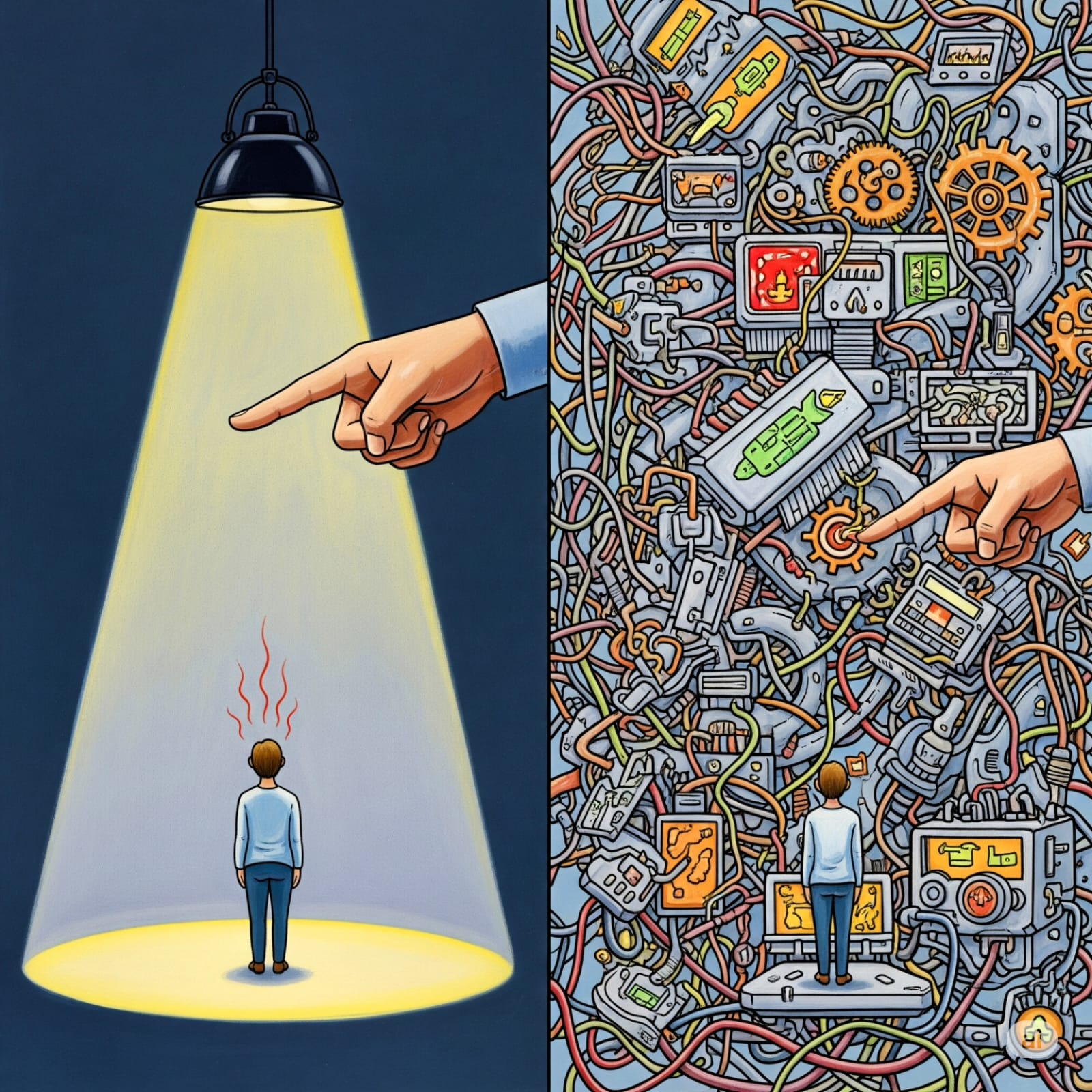STRANDOMS: the stray and random thoughts
Jul 09 ,2025
System blame Vs Person blame
Dr.S.RAMKUMAR

In 1985, an article in FAO’s Ceres magazine by Prof. Niels Röling of Wageningen University introduced the intriguing concept of “System blame” versus “Person blame” within agricultural extension. This idea captivated me and profoundly influenced my academic pursuits. The distinction between whether a problem’s root cause lies within a system’s design or with the individuals operating it became a central theme in my studies, particularly during Ph.D. and postdoctoral work at the University of Reading from 1991 to 1995, where I focused on Information Systems.
Today, discussions frequently revolve around “System failures,” implying that the fault lies with the established frameworks created and managed by people. This raises critical questions: Are problems, or the lack of timely and appropriate solutions, solely a consequence of inherent defects within the systems we inhabit? And can any administrative system truly exist without the integral involvement of individuals?
The Importance of a Balanced Approach
While both person blame and system blame offer valid perspectives, a comprehensive understanding of problems often requires considering both. Most complex issues are not solely the fault of an individual or solely the result of a flawed system. Instead, they arise from an interaction between individual actions and the surrounding context.
For instance, a medical error might involve a doctor’s fatigue (individual factor) and an understaffed hospital that leads to overwork (systemic factor). Addressing only one aspect might lead to temporary fixes but won’t prevent similar incidents in the future.
Ultimately, shifting from a purely person-blame mindset to one that incorporates system blame encourages a more constructive, learning-oriented approach to problem-solving, fostering environments where continuous improvement is possible.